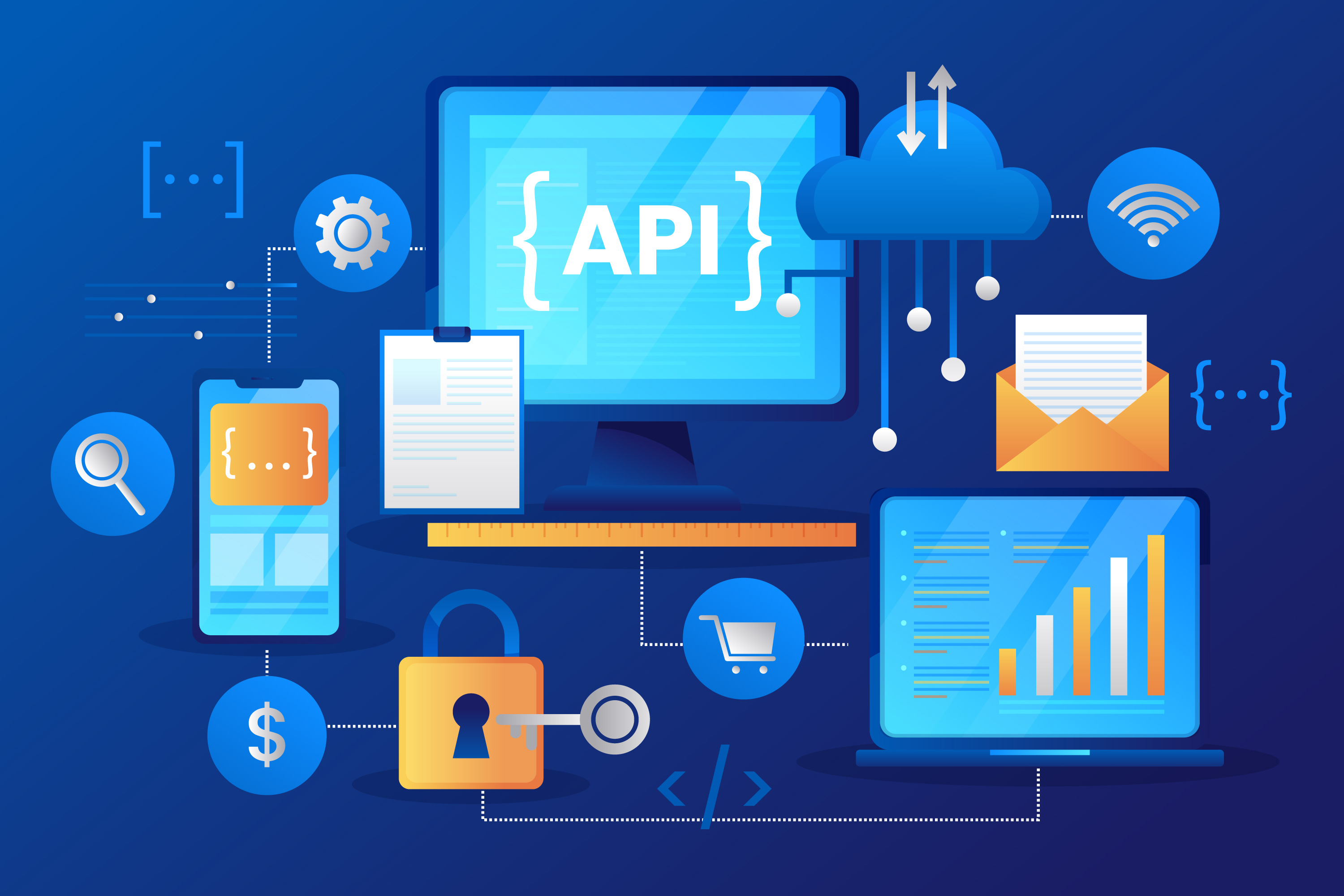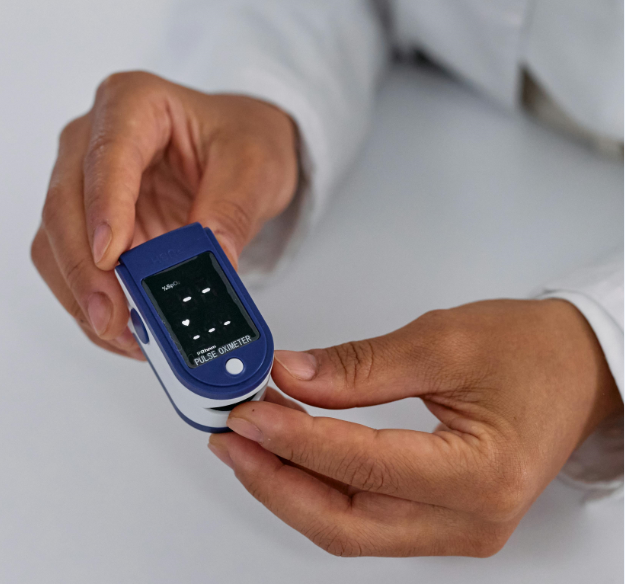What is an iPaaS? Integration Platform as a Service
iPaaS stands for Integration Platform as a Service. It is a cloud-based service that provides tools for integrating different applications and services. iPaaS is designed to simplify the process of connecting disparate systems, applications, and data sources, allowing organizations to automate workflows, improve efficiency, and enhance data sharing across various platforms.
Key Features of iPaaS
- Integration Tools: Offers pre-built connectors and tools for integrating various applications, including cloud services, on-premises software, databases, and APIs.
- Data Transformation: Allows data to be transformed and mapped between different formats to ensure compatibility between systems.
- Scalability: Provides a scalable infrastructure that can handle varying loads of data and processes.
- Security and Compliance: Ensures secure data transfer and compliance with regulatory standards.
- Monitoring and Management: Offers monitoring, logging, and management capabilities to track the status of integrations and address issues in real time.
- Low-Code/No-Code Tools: Often includes drag-and-drop interfaces or low-code tools to simplify integration for non-technical users.
Benefits of Using iPaaS:
- Reduced Complexity: Simplifies the integration process, reducing the need for complex custom coding.
- Cost-Effectiveness: Provides a cost-effective alternative to building and maintaining custom integration solutions.
- Faster Time to Market: Accelerates the development and deployment of integrations.
- Flexibility: Supports hybrid environments, integrating both cloud and on-premises systems.
Common Use Cases:
- Application Integration: Connecting cloud applications like CRM (e.g., Salesforce) with ERP systems.
- Data Integration (ETL/ELT):
- Automating data flows between different business systems.
- Enabling real-time data synchronization between various services.
- Integrating IoT devices with data analytics platforms.
- API creation & management
- Application creation
Popular iPaaS providers include Rapidomize, SnapLogic, MuleSoft, Dell Boomi, and Microsoft Azure Logic Apps.



